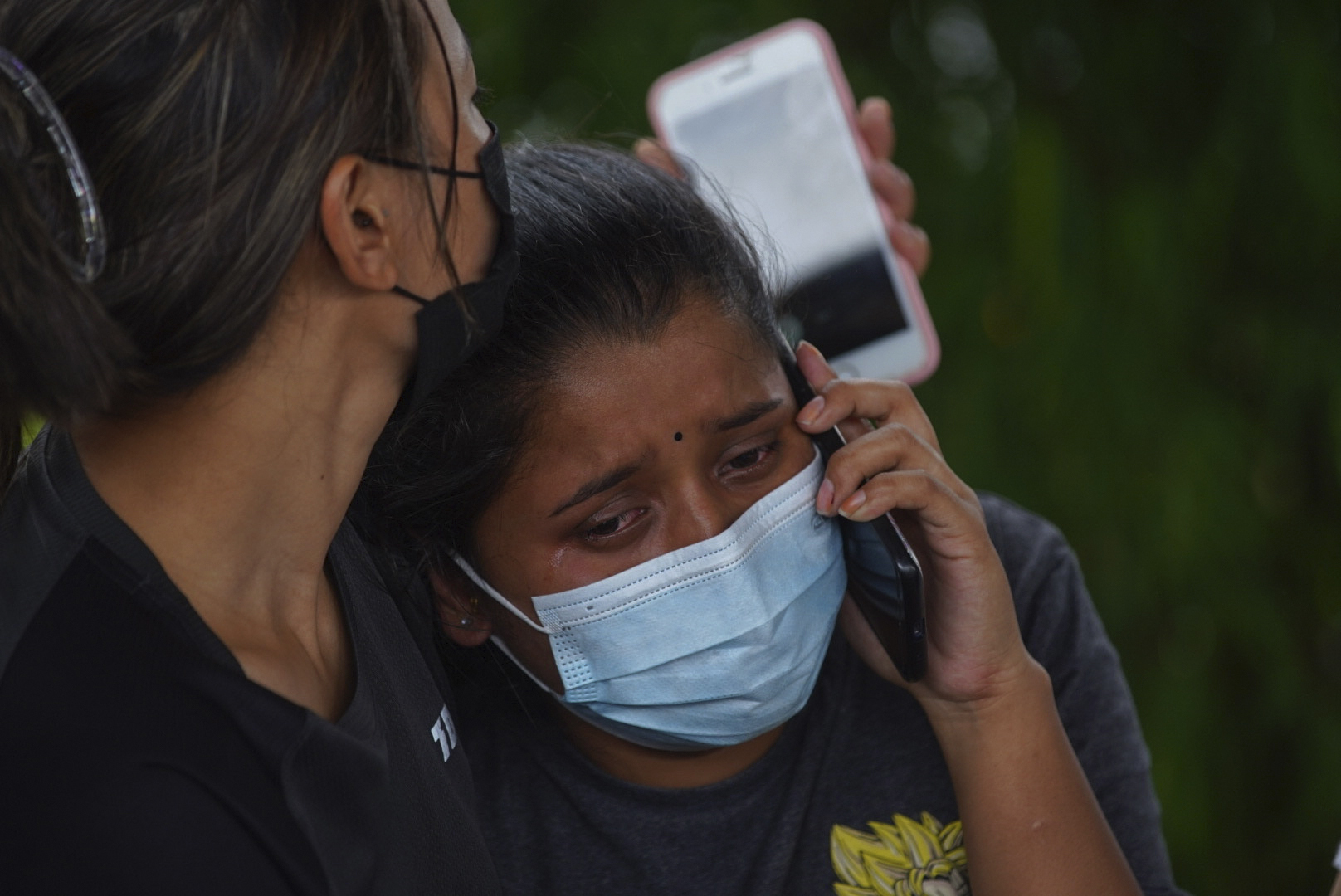
Kathmandu, Nepal – Prakash Sunuwar was an aspiring actor based in the capital Kathmandu. He worked as a trekking guide to help achieve his dream. The 37-year-old often used to get foreign clients, taking them to exotic Himalayan landscapes.
On Sunday, he was accompanied by two German tourists – Meike Graf Grit and Uwe Willner – on a flight to Jomsom, a popular trekking and pilgrimage destination in Mustang district bordering Tibet.
But the Tara Air 9N-AET flight crashed less than 20 minutes after taking off from Pokhara – a bustling tourist town about 200km (124 miles) west of capital Kathmandu.
Authorities in Nepal on Monday were able to recover 21 bodies from the wreckage site in Sanosware Cliff at an altitude of 14,500 feet in Thasang-2, a village in Mustang district. The last body was recovered on Tuesday morning.
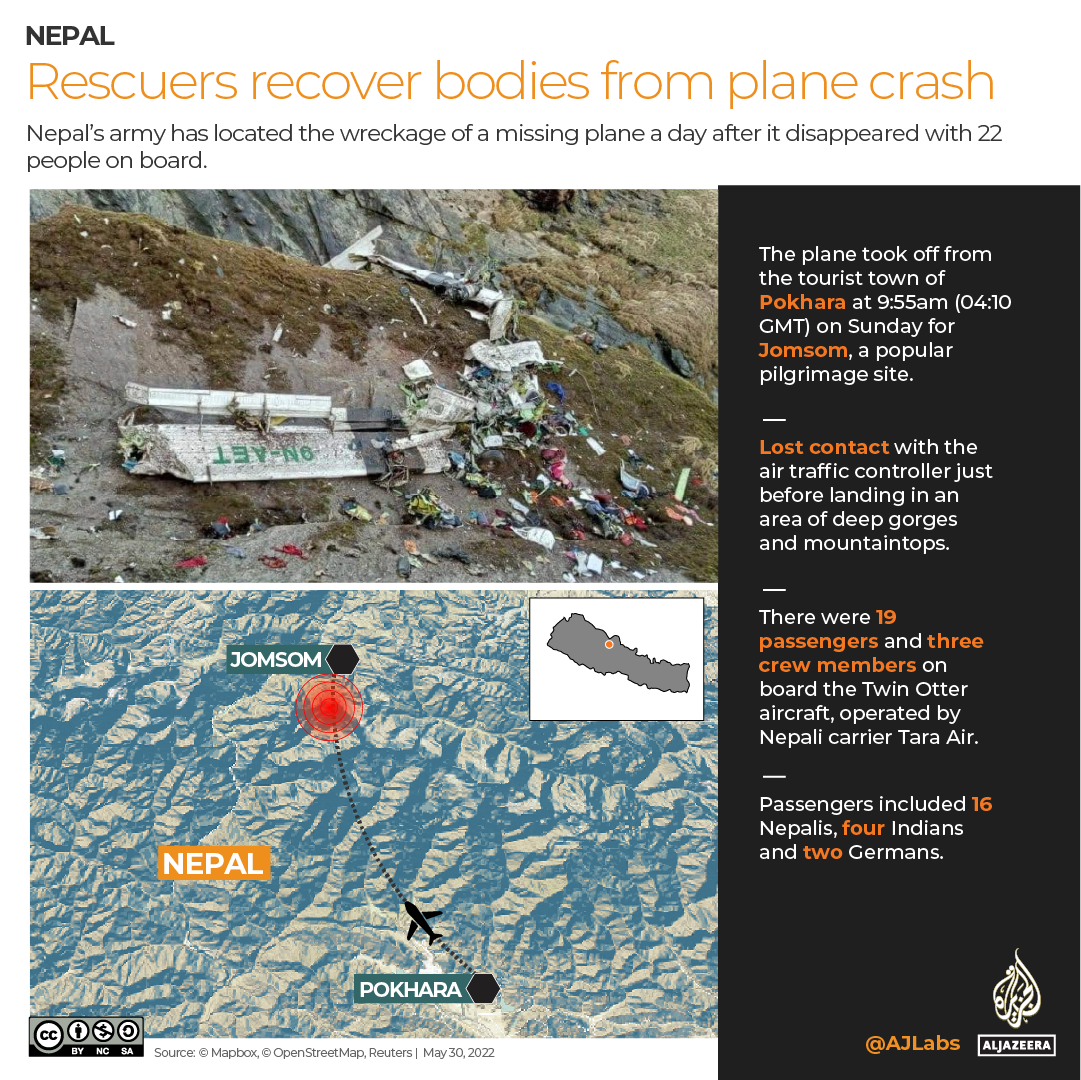
Last Wednesday, Sunuwar told Roshan Bantawa, his best friend and his dance buddy, that he will be away for a month taking some travellers to Pokhara and then Mustang.
“That was the last time everyone saw him at the dance studio, I didn’t know he wouldn’t come back,” Bantawa told Al Jazeera over the phone. Both the German tourists also died in the crash.
Bantawa has fond memories of his friend whose life was cut short by the Tara Air plane crash on Sunday.
“He was very active, liked to sing, dance, perform and also a good writer,” he said.
Sunuwar also had an acumen for being in front of the camera and acted in two YouTube series, one of them called Khai Ke, Khai Ke (confusions and conundrums in Nepali), with more than 18,000 channel subscribers and over 10,000 views on an episode in the last two months. He also had more than 3,500 followers on TikTok.
On Friday, in his last Facebook status, he posted a picture with a dance move, “Show the real life everyone will dance with happiness. Show fake life and you are deceiving yourself. I thank you god that even in these circumstances you are with me.”
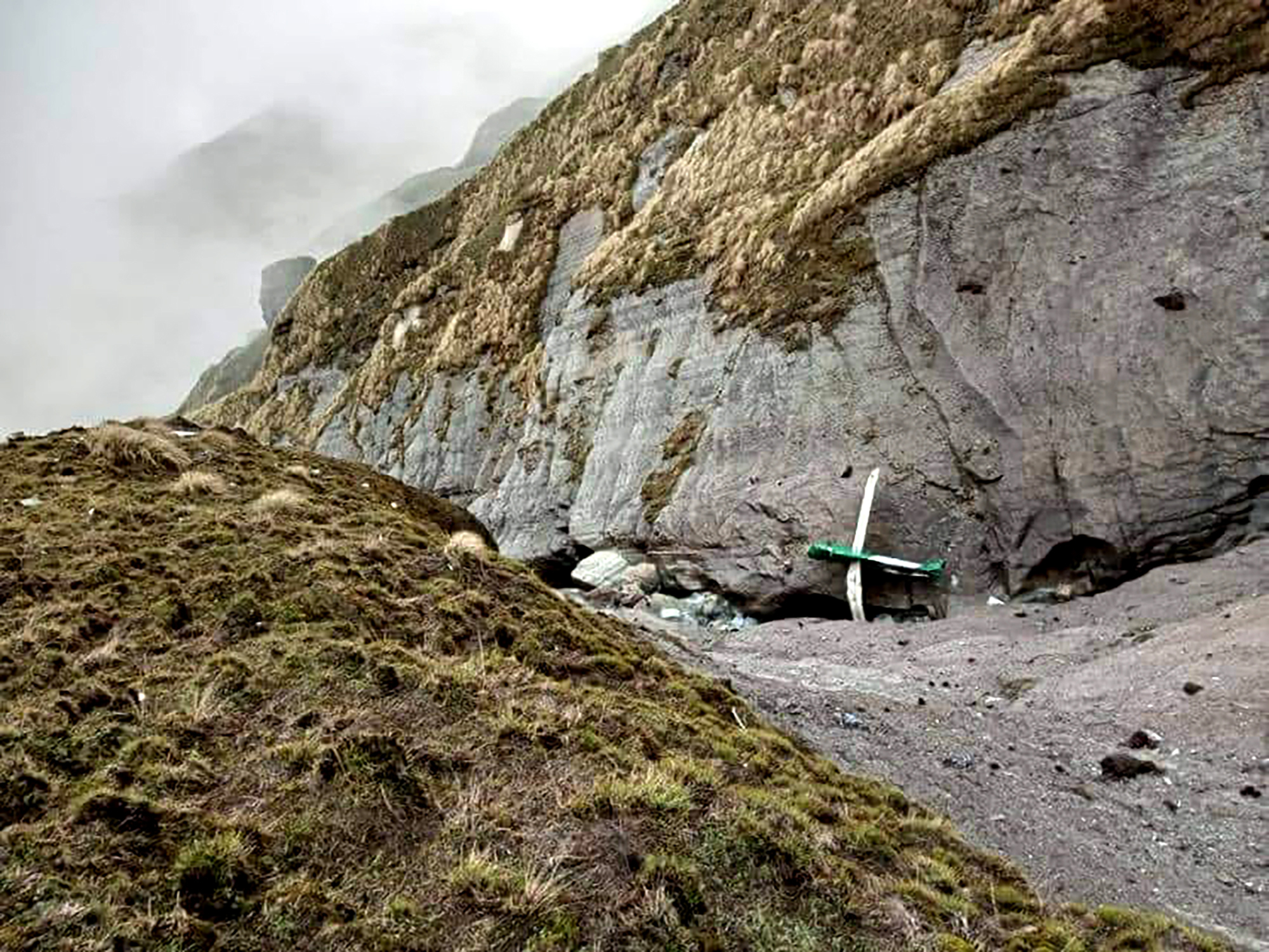
Sunuwar from Okhaldhunga district in eastern Nepal is survived by two children – a four-year-old son and an eight-year-old daughter. Only two weeks ago, Sunuwar had organised his son’s birthday alongside close friends and family.
On the same flight were seven members of Rajan Kumar Golay’s family. Golay accompanied by his family members, including his elderly parents, was on a pilgrimage to Muktinath, a sacred temple for both Hindus and Buddhists.
Golay’s Facebook was flooded with heartfelt obituaries from his loved ones and extended family and friends – with a picture of the deceased family, posing before an aircraft at the airport.
His nephew Jwala Golay said that the last time he saw his uncle and his grandparents was a week ago. “I’ve lost what I thought I’d never lose. My uncle and grand-parents were very nice. They helped everyone and god took them away from us,” he told Al Jazeera through a text message.
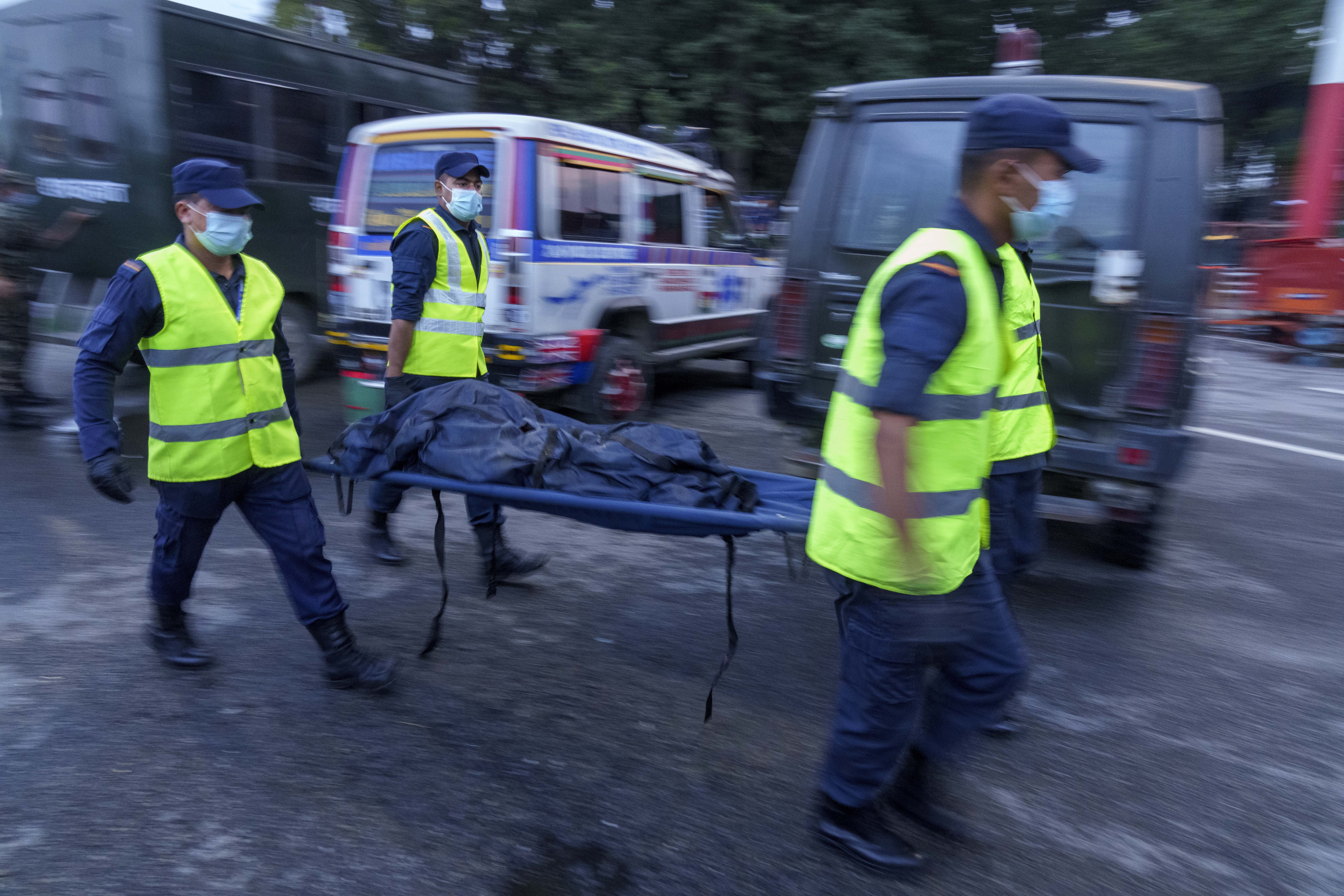
‘Bodies scattered’
Early on Monday, army helicopter and mountain rescue teams had resumed operation after it was hampered on Sunday due to poor weather conditions.
More than 60 people comprising of Nepal army, police and mountain guides were pressed into action to recover bodies in the wake of the air tragedy.
None of the 22 people onboard the plane survived the crash, with Narayan Silwal, army spokesman, posting videos and pictures showing the plane wreckage in Mustang district.
“The bodies were scattered all around with the impact of the crash which broke the plane into pieces,” rescuer and an international mountain guide Narendra Shahi told Al Jazeera.
Ten of the recovered bodies have been transported to Kathmandu and sent for postmortem. The rest of the bodies could not be brought due to bad weather conditions and are likely to be transported on Tuesday.
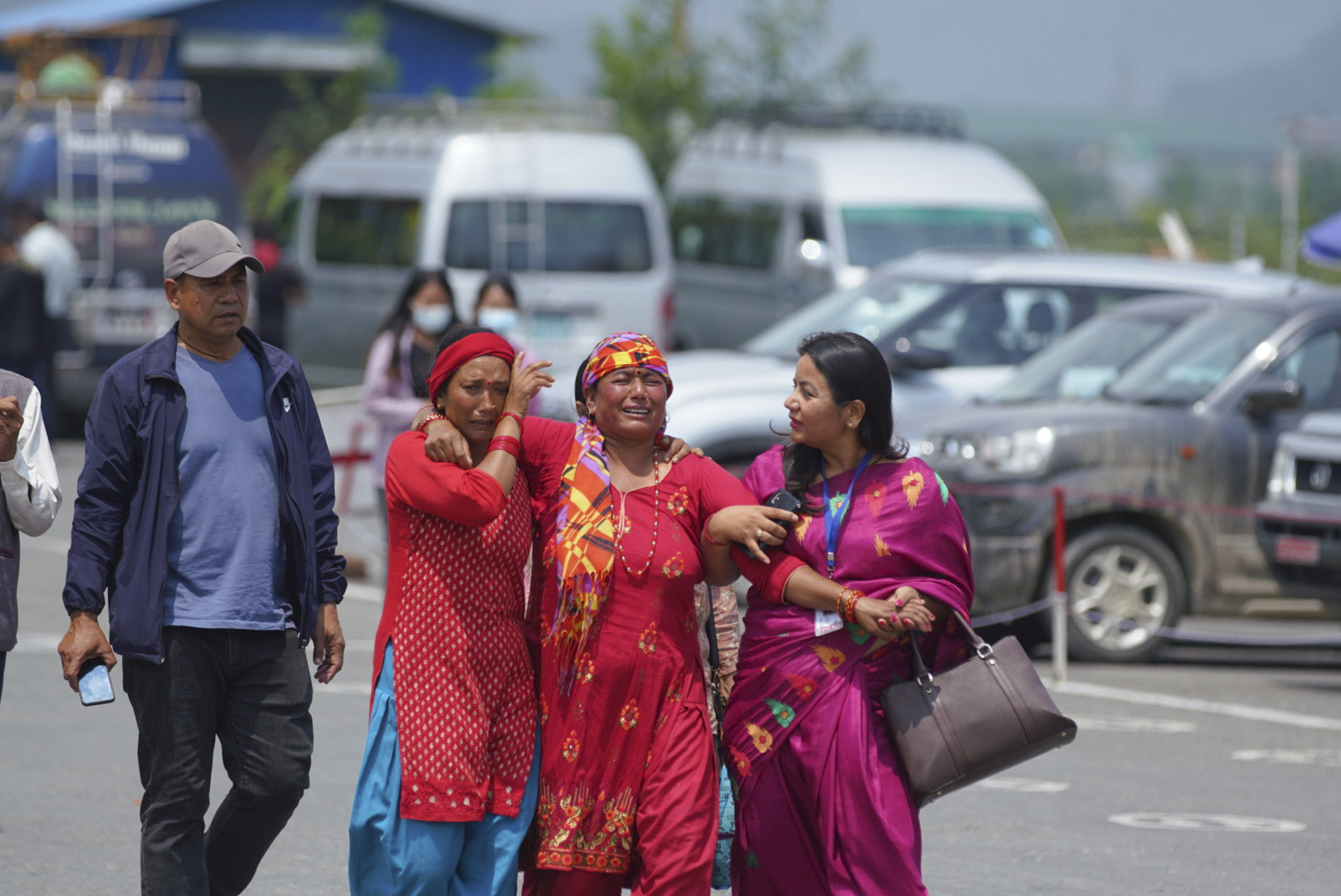
Meanwhile, the Nepal government on Monday formed a commission to investigate the crash.
“While we think it’s the weather condition, we cannot still confirm the exact reason for the crash. This has to be investigated,” Deo Chandra Lal Karn, Deputy Director General at the Civil Aviation Authority of Nepal, told Al Jazeera.
Six of those on board were foreigners, including four Indians and two Germans. In 2016, Tara Air had a similar incident flying to the same destination – the crash had killed all the 23 passengers on board.
Experts point to Nepal’s extreme weather conditions and harsh terrains as major causes of plane crashes in the country.
“Aviators cannot control the terrain or the weather. In high mountain areas, weather conditions are unpredictable while the terrains are difficult,” Sajib Gautam, an aviation expert and former Director General at Civil Aviation Authority of Nepal, told Al Jazeera.
“We have to pass through extremely narrow gorges to get to most rural airports in the mountains and if the weather conditions worsen, we cannot take safe turns.”
Gautam also does not rule out other factors behind such accidents.
“Accidents happen in a chain of events. Hence a lot of factors are involved in a crash. Airline companies, their manpower and culture is also to be blamed. We cannot just blame the pilot.”







